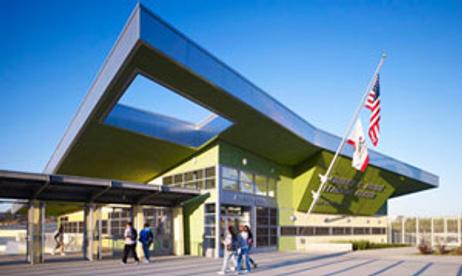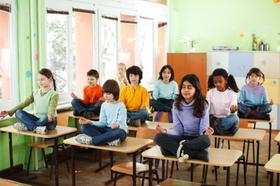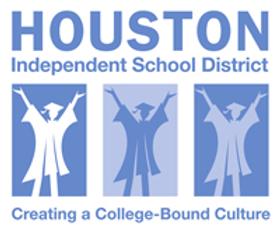School districts across the country have been forced to slash budgets, cut programs and even fire teachers during the recent economic slowdown. However, that reality hasn't stopped one lavish Los Angeles school from opening its doors this fall. According to a report at Yahoo News, the Robert F. Kennedy Community Schools will open to students for the first time this school year. The final price tag on the mega-complex? More than one-half billion dollars!
With this monumental price tag, the Robert F. Kennedy Community Schools campus enjoys the distinction of being the most expensive public school in the country. While some are excited about the opportunities the school will offer, others are furious about such lavish spending at a time when state governments and individuals are being forced to tighten their belts.
An article in The National Ledger reports that California residents, as well as citizens across the country, are angry about the opening of the school in the midst of teachers being cut from payrolls and public services ending in the Los Angeles area.
This video reports on the opening of the Los Angeles School District's Robert F. Kennedy School.
A Brief History into the Pricey School
The Robert F. Kennedy Community Schools are located on the precise site where the Ambassador Hotel once stood. This hotel was the scene where presidential hopeful Robert F. Kennedy's assassination took place in 1968, and hence, the historical name for the building.
Part of the school's expense – about $9 million, according to a report in The Week - was dealing with litigation between school officials and historic preservationists, who wanted to ensure the historical significance of the location was well memorialized. The school will feature artifacts from the original hotel, as well as commemorative information about Robert Kennedy. The money also went to work out an agreement with Donald Trump, who originally wanted to build the world's tallest building on the site.
School Amenities
The Robert F. Kennedy Community Schools have a lot to offer the 4,200 students who will walk through the doors on the first day of school this fall. The school will be home to students from kindergarten all the way through high school. Some of the amenities associated with the school include:
- Fine art murals
- A marble memorial commemorating Robert Kennedy
- A state-of-the-art swimming pool
- A 19,000-square-foot public park, located on school grounds
- Preserved artifacts from the original hotel
According to the school website, the complex is located in the Wilshire Center/Koreatown area of central Los Angeles. The student population is widely diverse, and the majority comes from low-income families. The website touts the complex as a cluster of pilot schools that will serve as role models of educational innovation to address the needs of urban students. The school was designed to meet a need, specifically by handling the overflow of students coming from severely overcrowded Los Angeles schools.
This video offers another look at the LAUSD's most expensive new construction.
Those in Favor
Educators in favor of the construction of the Robert F. Kennedy Community Schools say that children learn better when they are in pleasant surroundings. Joe Argon, editor-in-chief of American School and University, a school construction journal, told Yahoo News, "There's no more of the old, windowless cinderblock schools of the '70s where kids felt, 'Oh, back to jail.' Districts want a showpiece for their community, a really impressive environment for learning."
Los Angeles officials answered concerns about the cost of the school by saying that funding was in place for construction long before the economic slowdown took place. The money came from $20 billion in voter-approved bonds that have no impact on the basic education budget.
Connie Rice, a member of the School Bond Oversight Committee, said three mega-schools are slated out of the 131 the district is currently building to alleviate overcrowding. Rice told Yahoo, "(RFK) is an amazing facility. Is it a lot of money? Yes. We didn't like it, but they got it done."
Those Opposed
Opponents of the new school say that school officials are simply pumping too much money into a floundering system. Ben Austin, executive director of Parent Revolution who also sits on the California Board of Education, told Yahoo, "New buildings are nice, but when they're run by the same people who have given us a 50 percent dropout rate, they are a big waste of taxpayer money. Parents aren't fooled."
When the Robert F. Kennedy Schools open this month, students will be introduced to a world of education like none they have ever seen before. With beauty and amenities abounding, we will soon discover whether the lavish surroundings will indeed inspire the students within those walls to aspire to bigger and better goals in life.
Questions? Contact us on Facebook. @publicschoolreview















